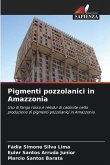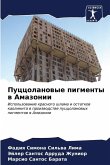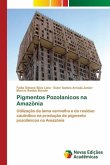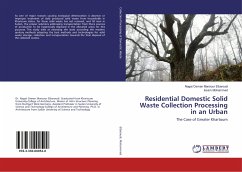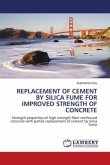The state of Pará is one of the largest producers of mineral substances in the country; consequently, a lot of waste is generated from mineral activity which, due to its physical, chemical and mineralogical characteristics, could be successfully used as a raw material for the manufacture of construction materials. Of particular note are the kaolin "coating" processing industries and the alumina production industry. Kaolin processing companies have already generated around 5 million tons of waste consisting of extremely fine kaolinite (RBC), a promising raw material for the manufacture of highly reactive metakaolinite. The alumina production industry is responsible for generating red mud (RL), waste from the Bayer process, made up of iron and aluminum oxides and hydroxides, of which around 9 million tons have already been released into the environment. Its main drawback is the large amount of soluble sodium. The aim of this work was to provide a final destination for these two wastes, as opposed to simply disposing of them. The technical feasibility of producing a new type of building material was assessed: pozzolanic pigment, from a mixture of calcine and sodium.
Bitte wählen Sie Ihr Anliegen aus.
Rechnungen
Retourenschein anfordern
Bestellstatus
Storno



